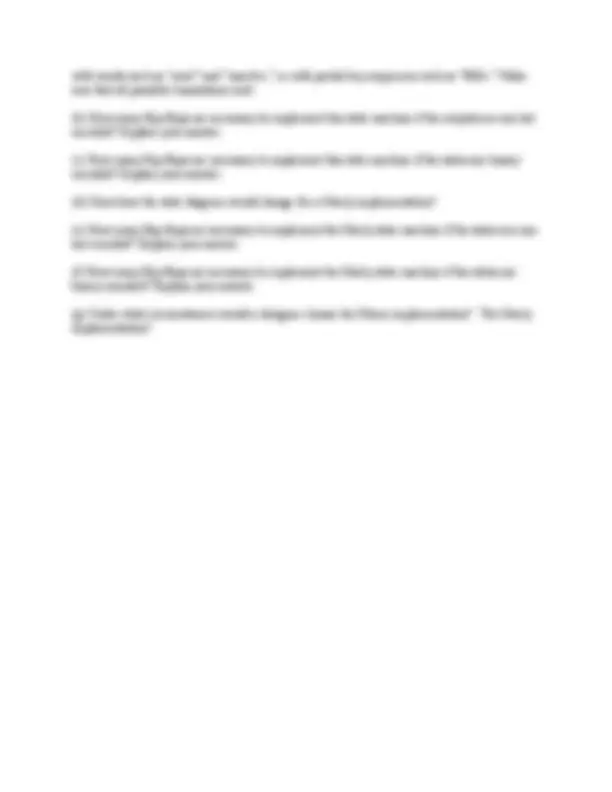



Study with the several resources on Docsity

Earn points by helping other students or get them with a premium plan


Prepare for your exams
Study with the several resources on Docsity

Earn points to download
Earn points by helping other students or get them with a premium plan
Community
Ask the community for help and clear up your study doubts
Discover the best universities in your country according to Docsity users
Free resources
Download our free guides on studying techniques, anxiety management strategies, and thesis advice from Docsity tutors
A series of problems related to 6-bit arithmetic using 2's complement numbers, designing a 4-bit arithmetic block, and creating state diagrams for a moore and mealy machine in digital logic design. Students are required to perform arithmetic operations, design circuits, and create state diagrams using given specifications.
Typology: Assignments
1 / 3

This page cannot be seen from the preview
Don't miss anything!


Perform the following arithmetic using 6 bit 2’s complement numbers. Provide the answer in binary and hexadecimal form.
Design a 4-bit arithmetic block that performs the following functions. You may only use muxes, NOR gates, and 4 full adders. Assme all inputs are 4-bit binary numbers in 2’s complement form.
S 1 S 0 function
0 0 A+B 0 1 A-B 1 0 A+ 1 1 A-
Complete the timing diagram for the following circuit. Assume that the flip-flops have a 2ns delay each and that the XOR gate has a 1ns delay. Both flip-flops are negative edge triggered. Q0 and Q1 are initially high.Assume there are no set-up or hold violations.
An electronic lock is controlled by a keypad that has three buttons labelled A , B , and R. The key- pad is restricted such that, at most, one key can be pressed at a time, and that each keypress gener- ates an input signal that lasts for only one clock cycle. A state machine takes the keypresses as input, and its output is either lock ( L ) or unlock ( U ). If the correct sequence of keys is typed and followed by an R , the state machine generates an unlock ( U ) signal and then resets. At any other time the output should be locked ( L ). If an incorrect sequence of keys is pressed the lock becomes inactive until the reset ( R ) key is pressed, at which point the lock resets (with no unlock signal).
(a) Create state diagram for a MOORE machine that will test for the correct key sequence is BBA. Label your inputs A, B, R, and O (for no key pressed). Label your output L or U. Label your states
1ns Q 2ns 2ns
10ns